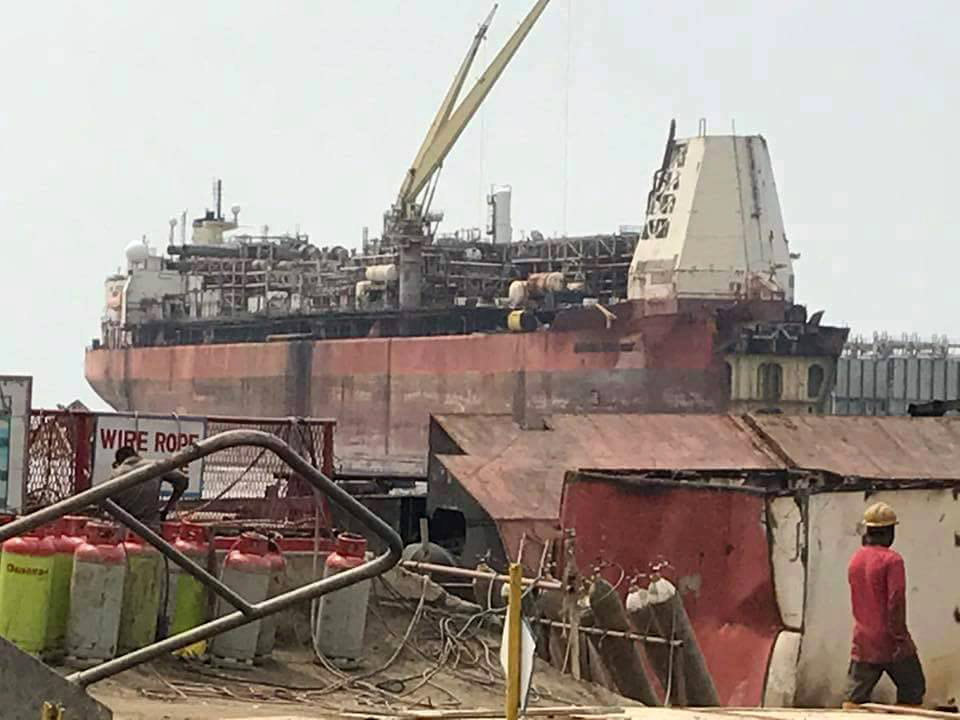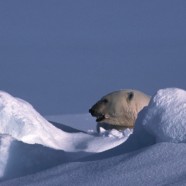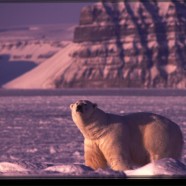Europe exports radioactive waste to Bangladesh
 May 2017, Chittagong. Suspended dismantlement of the North Sea Producer.
© Sajjad Chowdhury
May 2017, Chittagong. Suspended dismantlement of the North Sea Producer.
© Sajjad Chowdhury
As Robin des Bois published in its quarterly bulletin “Shipbreaking” #47, in its kilometres of pipes the North Sea Producer contains radium scales. Radium is naturally present in the underwater substratum, the exploitation of gas and oil concentrates the radium in the pipes and tanks. Radium scales are highly toxic through inhalation and contact. For example, during the maintenance and dismantlement of the Lacq gas field in France, Total Production produced more than 2000 tons of metal contaminated by Technologically Enhanced Naturally Occurring Radioactive Material. The official destination of this waste was the Soulaines storage center in Aube department under the responsibility of ANDRA, the National Agency for the Management of Radioactive Waste. Norway exploits a storage center for radioactive residuals from the petroleum offshore industry.
Europe exports radioactive waste to Bangladesh
236 meters long. The North Sea Producer, prized possession of Maersk, the number one ship owner in the world, has served the petroleum industry in the North Sea well for 18 years.
This former tanker was launched in 1984 in Denmark under the name Dagmar Maersk and was converted 12 years later into a Floating Production Storage and Offloading (FPSO). It was stationed in the Mc Chulloch oil field north of Aberdeen. The North Sea Producer retired in 2015 on the banks of the Tees next to the shipbreaking site of Able UK in Hartlepool where the former French aircraft carrier Clemenceau was demolished, and from there left Europe under tow. Maersk chose Bangladesh for the end of its life. In the last 9 years, 161 workers have been killed on the beaches of Chittagong. Maersk was not impeded by these facts. What really counts is selling at the best price. The scrappers of Bangladesh offered more than $6 million US for the North Sea Producer.
International Trade of Polar Bears to Continue
Convention on International Trade in Endangered Species of Wild Fauna and Flora
CITES 2013 – Bangkok, 12h50 (local time)
Press Release No. 3
The international community, inadequate in stopping the melting of the ice caps, is equally inadequate in protecting polar bears from international trade. The U.S. proposal to add polar bears to Appendix I of CITES was voted down yesterday with only 38 votes for, 42 against, and 46 abstentions (2/3 of the vote were necessary).
The agreement between the U.S. and Russia was not enough. The 27 members of the European Union abstained; they are well situated among the 70 countries that import polar bear hides and skulls each year.
International Trade of Polar Bears to Continue
Convention on International Trade in Endangered Species of Wild Fauna and Flora
CITES 2013 – Bangkok, 12h50 (local time)
Press Release No. 3
The international community, inadequate in stopping the melting of the ice caps, is equally inadequate in protecting polar bears from international trade. The U.S. proposal to add polar bears to Appendix I of CITES was voted down yesterday with only 38 votes for, 42 against, and 46 abstentions (2/3 of the vote were necessary).
The agreement between the U.S. and Russia was not enough. The 27 members of the European Union abstained; they are well situated among the 70 countries that import polar bear hides and skulls each year.
Polar Bears Betrayed by the European Union
In Doha, Qatar in 2010, Europe played a deciding role in the rejection of the American proposal to add Ursus maritimus to Appendix I. Because Europe voted against it, the proposal failed.
In Bangkok, three years later, the E.U. tries again to block the U.S. proposal. Instead of supporting the U.S. proposal, like Russia, the E.U. proposes keeping the polar bear under Appendix II, which authorises the international trade of polar bears and their parts. This compromise suggested by the E.U. is actually more like the status quo. The E.U. presented its proposal several requirements already expressed by specialists, environmental NGOs and certain range states, claiming it would be best to first understand the state of sub-populations, investigate smuggling networks, and to evaluate the effects of the capture and the hunting of the species.












